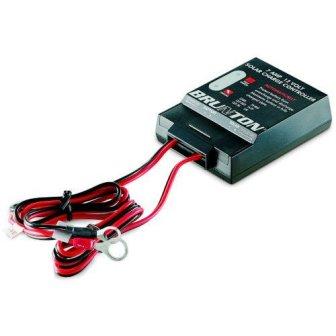The Sunforce 7 Amp Charge Controller is designed for solar panels that are used to charge 12-volt batteries. When used in conjunction with 12-volt solar panels, the charge controller prevents the batteries from overcharging. It is rated at up to 7 amps of array current and solar electricity of up to 100 watts. The device features two LED light indicators: one to indicate a currently charged battery and one to indicate a fully charged battery. The unit measures 2.5 inches wide x 4 inches high x 1 inch deep and weighs only 1 pound.
Ease-of-use: The Sunforce 7 is simple to use, but it could have been made simpler by equipping it with screw-on terminals for the connecting wires. Instead, it simply has connector wires, and these are not of the best quality. Of course, they are designed for low current use, but stronger connector wires would mean they last longer, especially if the unit is to be moved around.
Continue reading



